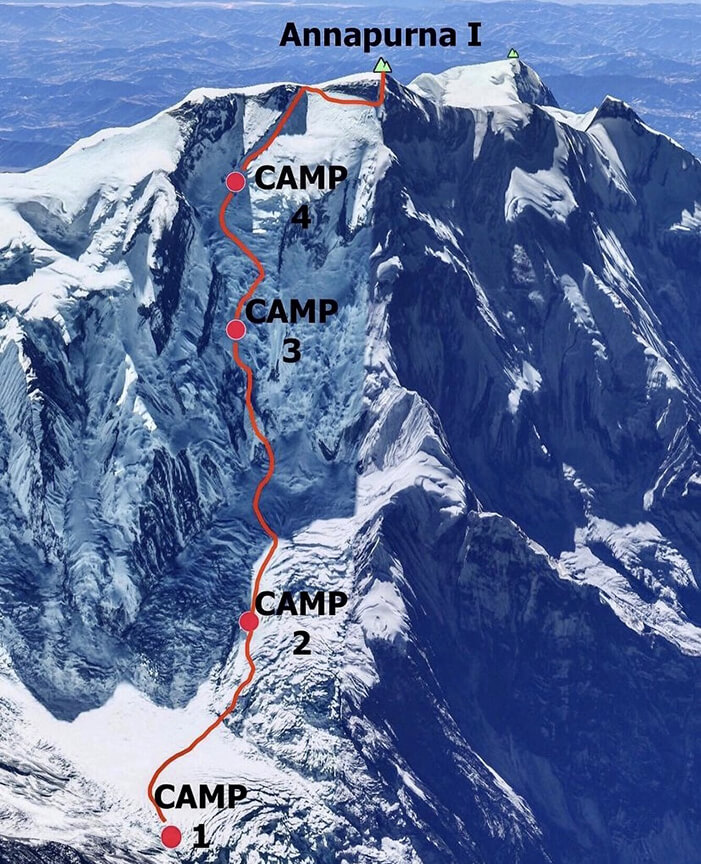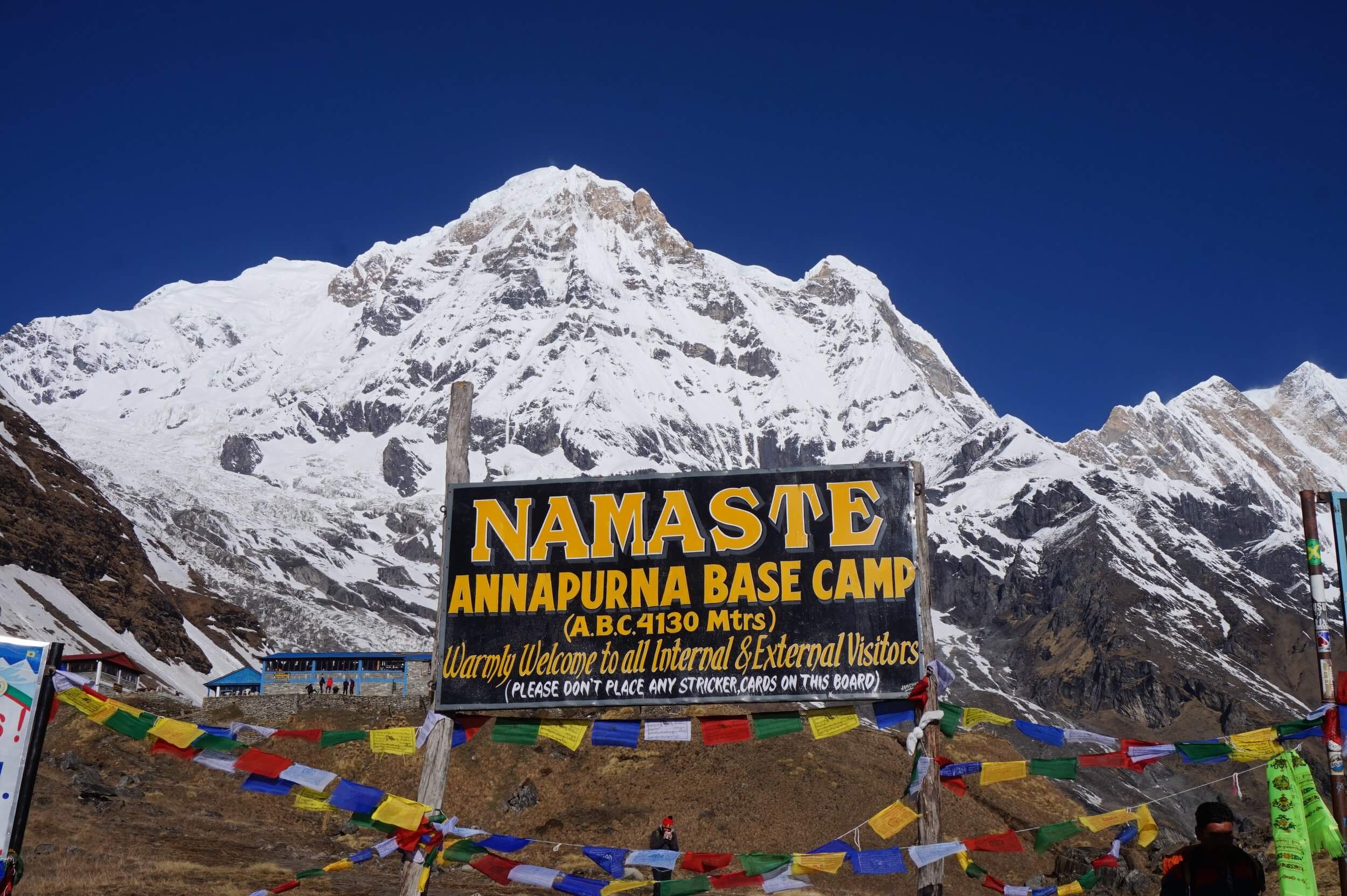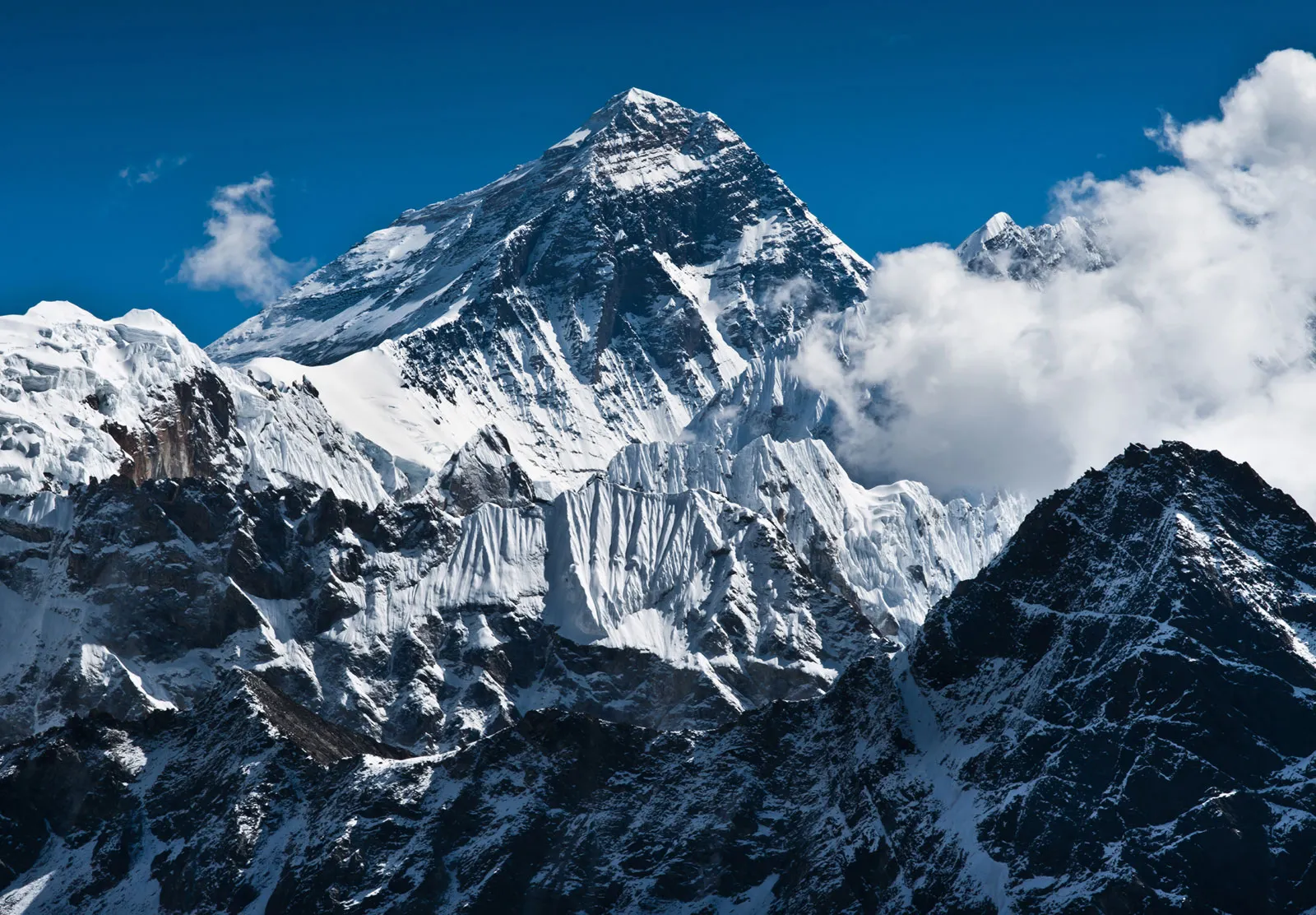Mt. Annapurna | Most Dangerous Peak In World
- By Roshan
- July 7, 2022
Annapurna Mountain(Mount Annapurna, Mt Annapurna) is the tenth-highest mountain in the World, often called Annapurna Himal in Nepal. It creates a crest about 30 miles (48 kilometers) north of Pokhara between the gorges of the Kali (Kali Gandak; west) and Marsyandi (east) rivers. Annapurna I (26,545 feet [8,091 meters]) and Annapurna II (26,040 feet [7,937 meters]) stand at the western and eastern extremities of the range, respectively, with Annapurna III (24,786 feet [7,555 meters]) and IV (24,688 feet [7,525 meters]) in between. Although climbers had placed the flag on top of Mount Everest.
By 1924, Annapurna I became renowned in 1950 as the first peak above 26,000 feet (8,000 meters) to be scaled to the summit. Mother nature has gifted Mount Annapurna amazingly. The Annapurna Massif is located in Nepal’s Gandalf Zone. These peaks are fairly close to the Annapurna Base Camp and Pokhara. Annapurna I is the tallest mountain, rising 8091 meters above sea level. There are several mountains in this area. 13 summits rise above 7000 meters and 16 peaks that rise above 6000 meters.
The Annapurna Conservation Area, the biggest conservation area in Nepal, covers 7629 square kilometers and provides protection for the whole mountain range.
Table of Contents
ToggleMeaning Of Annapurna
The mountain “Annapurna” is named after the Hindu goddess. Annapurna God who provides food and nutrition. The word is derived from Sanskrit- “Anna” means food and “Purana” means fulfillment. As Annapurna is helping people by serving water to an agricultural field.
Who climbed Mount Annapurna for the First Time?
It was successfully climbed by Maurice Herzog through the north face in 1950, making it the first eight thousand-meter mountain climbed. The 7,629 square kilometers (2,946 square mi) Annapurna Conservation Area, Nepal’s first and largest conservation area, protects the whole mountain and its surroundings. Annapurna Conservation area is visited by trekkers all over the world.

Death In Annapurna:
The mortality rate on Annapurna I Main, which had been the highest of all 8,000 peaks for decades, has decreased significantly in recent years due to excellent climbing conditions.
From 2012 to 2022, it went from 32% to slightly under 20%. With a mortality rate of just under 24%, this result is marginally below the most current forecasts for K2. Avalanche risk, unpredictability in the weather, and the mountain’s exceptionally steep and risky climbing routes, particularly its 3,000-meter (9,800-foot) south face, which is known as one of the world’s most challenging climbs, continue to pose serious hazards to climbers.
Annapurna Base Camp From Pokhara:
Annapurna Sanctuary is a base camp near Pokhara. It is 40 km from Pokhara covered with ice. This oval-shaped highland is neighbored by the Annapurna range of mountains, the majority of which are over 7000 meters high, and is located at an elevation of around 4000 meters. The Sanctuary was not breached by outsiders until 1956 due to its single entry, a confined valley between the peaks of Hiunchuli and Machapuchare where glacial runoff empties into the Modi Khola River.

On the 5-7 day trip into the Annapurna Sanctuary, the unusual mix of heights and depths give rise to an astonishing range of habitats. The north-facing slopes, which lie in the rain shadow and have a dryer, cooler temperature akin to the nearby Tibetan Plateau, contrast with the south-facing slopes, which are covered with lush tropical forests of rhododendron and bamboo. Since the Sanctuary serves as the starting point for one of the main treks to the Annapurna range’s peaks, the number of trekkers visiting the Sanctuary has significantly risen. The Annapurna Sanctuary is currently a portion of the Annapurna Conservation Area Project, which imposes limitations on the number of visitors from outside the area, the collection of firewood, and the grazing of domestic animals.
Climate In Annapurna:
The climatic condition larger part of Nepal cannot trek. Annapurna’s area is a “rain-shadow” area, trekkers can trek mount Annapurna throughout the year. It’s essential to be aware of the local temperature and weather conditions before organizing any journey. This is particularly true in Nepal, where weather and temperature may vary greatly depending on the place and the season. The Annapurna Circuit is second in popularity after Everest Base Camp and is frequently regarded as one of the best treks in the world. The walk is noteworthy for its climatic variations, breathtaking viewpoints, and untamed landscape. Before ascending into the alpine peak region, the journey takes you through subtropical meadows and rice farms, beginning in Besi Sahar. The Tho Rung La Pass, which is at 5,416 m offers one of Nepal’s most breathtaking views. As you drop into the considerably drier Mustang Region beyond the pass, where the terrain turns semi-arid, the climate changes once more.

